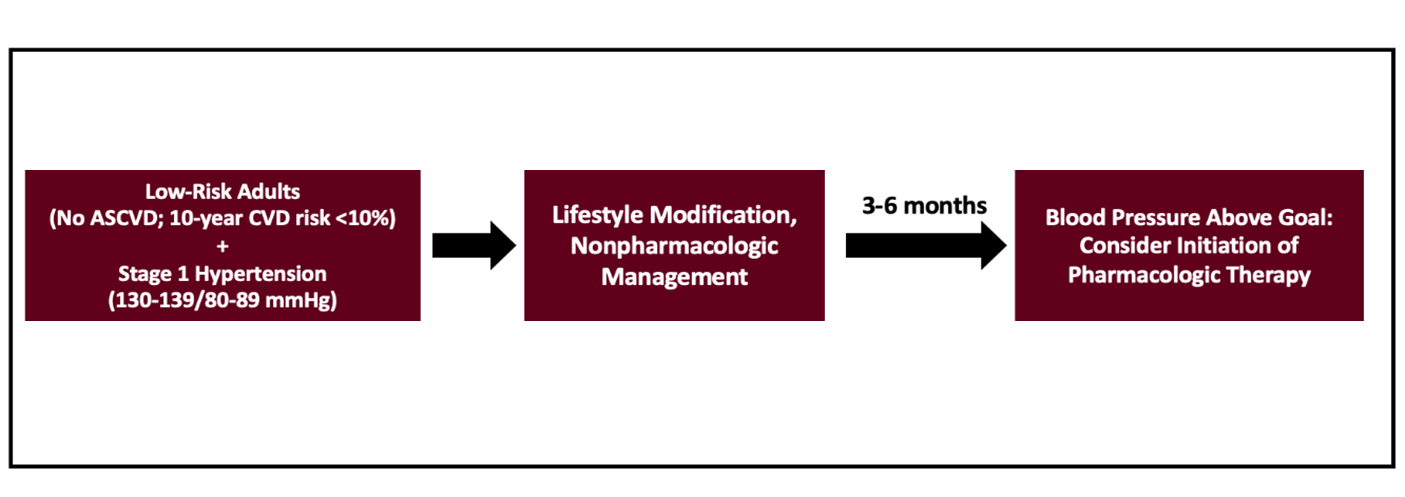New Blood Pressure Control Guidelines Issued By The World Health Organization
46 months ago
5 minute read.

Your blood pressure is the pressure exerted by the force of your blood against the walls of your arteries. When this pressure increases, the condition is called hypertension. Blood pressure control is becoming increasingly common in adults. WHO has recently, on January 26th, released an updated guideline regarding the diagnosis of hypertension. This is done to make the treatment more accessible, to make blood pressure control more tangible by aiming at early detection.
The threshold for high blood pressure
|
BLOOD PRESSURE CATEGORY |
SYSTOLIC mm Hg (upper number) |
|
DIASTOLIC mm Hg (lower number) |
|
NORMAL |
Less than 120 |
and |
Less than 80 |
|
PREHYPERTENSION |
120-129 |
and |
Less than 80 |
|
High blood pressure HYPERTENSION
(STAGE 1) |
130-139 |
or |
80-89 |
|
High blood pressure HYPERTENSION
(STAGE 2) |
140 or higher |
or |
90 or higher |
|
SEVERE HYPERTENSION (HYPERTENSION CRISIS) |
More than 180 |
And/or |
More than 120 |
According to the high blood pressure guideline, 130 is set as the upper number threshold for the beginning of any medicine for people with risk factors while for others it is 140/90. It is suggested that patients with high blood pressure should begin with a combination of two drugs instead of just a single drug.
A standard treatment protocol for hypertension was released by India's health ministry in February 2016. In 2017, the American heart association along with 10 other health organizations also released new guidelines in which they brought down the upper number for the diagnosis of hypertension from 140/90 mm to 130/80 mm Hg in all adults. One of the reasons behind such changes across the board is to detect the problems and complications that might follow it, early on in life so that appropriate treatment can be offered.
2021 Guidance: Hypertension management in low-risk adults

Talking about the Indian context
In the case of India, a significant amount of people are unable to access appropriate treatment for high blood pressure for various reasons. The telegraph quotes K. Srinath Reddy, the chair of WHO's hypertension, who said "Through the guidelines, we want to maximize the number of patients who benefit from proven pharmacological treatment".
Did you know? Not being physically active can lead to disruptions in blood pressure! How fit are you? Take this quick assessment to find out.
Pharmacological treatments
Pharmacological treatments are advised to people whose systolic blood pressure i.e. the upper number is above 130 if they have at high risk because of diabetes, heart complications, or even chronic kidney disease. India's protocol states that patients with blood pressure lower than 180/110 are to be given treatment with a single drug.
Two-drug combination
WHO guidelines have recommended that a two-drug combination should be given to adults in need of pharmacological treatment for hypertension. This is because, as stated in the guideline, WHO believes that the lack of blood pressure control in people is because they are offered "monotherapy" or single-drug treatment. Two drug treatments and more promising and provide better control over blood pressure. Another reason for advocating in favor of a two-drug combination is that it also reduces the potential side effects since the dosage of the two drugs is lower instead of one high dosage drug.
MORE INFORMATION:
Aim of the treatment
The aim of the treatment, therefore, is to bring down the upper number to less than 130 for patients with high risk and below 140 for other patients. A monthly follow-up is recommended after starting the treatment, post which a follow up after three to six months.

How to identify hypertension and what to do?
One of the major reasons behind the delayed treatment and poor blood pressure control is that most people who have hypertension show no tangible symptoms. Some people do show-
- Patterned headaches
- Shortness of breath or nose bleed
But these can't be considered as specific hypertension symptoms. These could be triggered because of hypertension but are usually individual-specific and cannot be generalized.
Whitecoat hypertension:
These people have an intermediate cardiovascular risk between normotensive hypertension and sustained hypertension. The diagnosis should be confirmed by repeated measurements of blood pressure in-office and out-of-office.
Masked hypertension:
These patients are at risk of cardiovascular events similar to hypertension. Diagnosis should be confirmed by repeating office and out-of-office measures. Masked blood pressure may need medication to normalize BP.
Check your blood pressure regularly
In-office blood pressure monitoring
Conventional blood pressure, measured in clinical screening and sphygmomanometer settings, has been used as the gold standard for blood pressure measurement techniques, regardless of guidelines based on common use in clinical practice. However, confirmation with out-of-office BP is also needed for most treatment conclusions.
Out-of-office blood pressure monitoring
Self-measured home blood pressure and ambulatory blood pressure monitoring are tagged as out-of-office blood pressure, and they have more predictive ability than traditional in-office blood pressure monitoring.
The wisest way to be aware of your blood pressure levels is to check your blood pressure regularly. Going to the doctor often can't be possible for everyone so it is suggested that people home blood pressure monitors.

Usage of blood pressure monitor
- You can use these by placing the band around your upper arm. (Wrist and finger monitors are not very reliable).
- Make sure that you have not consumed caffeine or any alcoholic beverage.
- Sit back calmly for 5 minutes to make sure you get accurate readings.
- Leave the deflated cuff in a place for a minute and then read.
- Keep a record of your blood pressure. These will be helpful when you visit your doctor.
What about patients undergoing treatment?
Patients already undergoing treatment needn’t worry too much about the guidelines. A combination of medication, a good diet, and exercise will go a long in reducing your problem.
At last...
These guidelines mainly cater to people aged around 60-65 who are suddenly diagnosed with hypertension. Now that the high blood pressure guidelines have brought down the upper number, it will be easier to detect an early sign of hypertension, which with the help of a doctor can be regulated. This doesn't necessarily mean an immediate pharmacological treatment, but first an adjustment of lifestyle and diet.
Leave a Comment
Related Articles
Health Checks @ Home
Service
Explore
© 2025 Truworth Health Technologies Pvt. Ltd.





